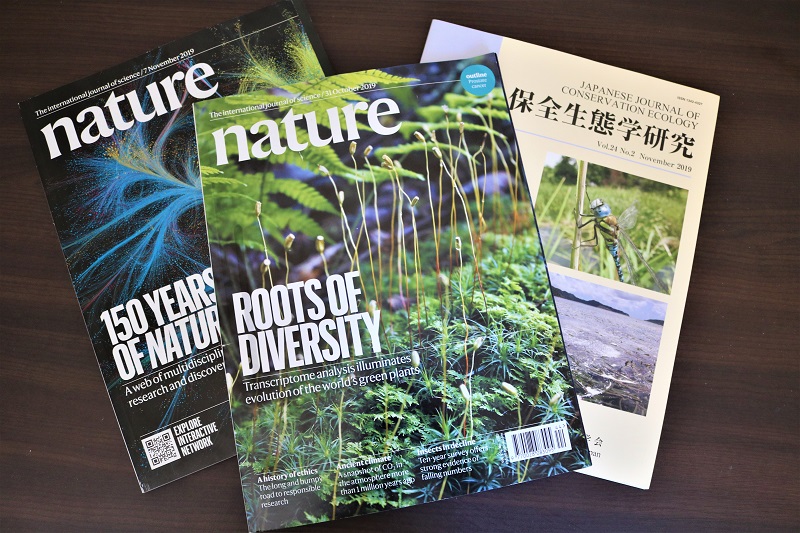
Recognising often-ignored non-English-language research could help conservationists protect the world’s biodiversity, according to an international research project.
The University of Queensland’s Dr Tatsuya Amano, with over 60 collaborators across the globe, have been busy quantifying ‘hidden’ non-English-language biodiversity research, published in 16 different languages.
“The world’s focus on English research means we were not fully informed when it comes to protecting the planet’s species,” Dr Amano said.
“Scientists typically release their research in English, but many do not, which can cause the international community to overlook some invaluable scientific knowledge.
“In this project, we synthesised non-English-language research with existing English-language research and saw a dramatic expansion in biodiversity knowledge.
“The geographical coverage of available information on conservation increased by 12 to 25 per cent, with species coverage increasing by 5 to 32 per cent – massive jumps.
“If conservationists are aiming to implement the holy grail of ‘evidence-based conservation’, then non-English-language research is critical.
“And much of this non-English-language evidence is in biodiverse regions, such as Latin America, where conservation is needed the most.”
Dr Amano said that, while biodiversity was the subject of this study, every area of science could benefit greatly from researchers becoming more inclusive and proactive with non-English research.
“There’s an incredible amount of scientific knowledge out there that’s simply being missed,” he said.
“For this paper we first identified peer-reviewed non-English-language journals in ecology and conservation, ending up with a list of 466 journals in 19 languages in 38 countries and regions around the world.
“Some of the journals are very long-lasting, for example, one Russian journal has a 172 year of history, so imagine missing that expansive cache of research if you were studying Russian ecology.
“And, as I only speak Japanese and English, it was so fascinating to learn just how much knowledge is available in other languages – it’s almost unbelievable that most of such non-English-language knowledge has been neglected at the international level.”
Despite the current lack of recognition of non-English research, Dr Amano suggested that a simple solution is to promote collaboration with native speakers of relevant non-English languages.
“Today, areas like conservation science are highly globalised and it’s surprisingly easy to find collaborators who speak various languages, just like we did in this study” he said.
“They’re also usually familiar with local issues and knowledge related to conservation, and it’s an opportunity to nurture culturally-diverse scientific communities.
“It’s also important to communicate findings in multiple, relevant languages, for scientists, decision makers and the general public in countries where English is not widely spoken – for this we provide the abstract of this paper in 16 languages!
“We live in a diverse world, let’s listen to as many voices as we can, to give us the best chance of protecting this planet.”
The research has been published in PLOS Biology (DOI: https://doi.org/10.1371/journal.pbio.3001296).
Dr Amano has also published a short guide for researchers to overcome language barriers in science – see his translatE project.



